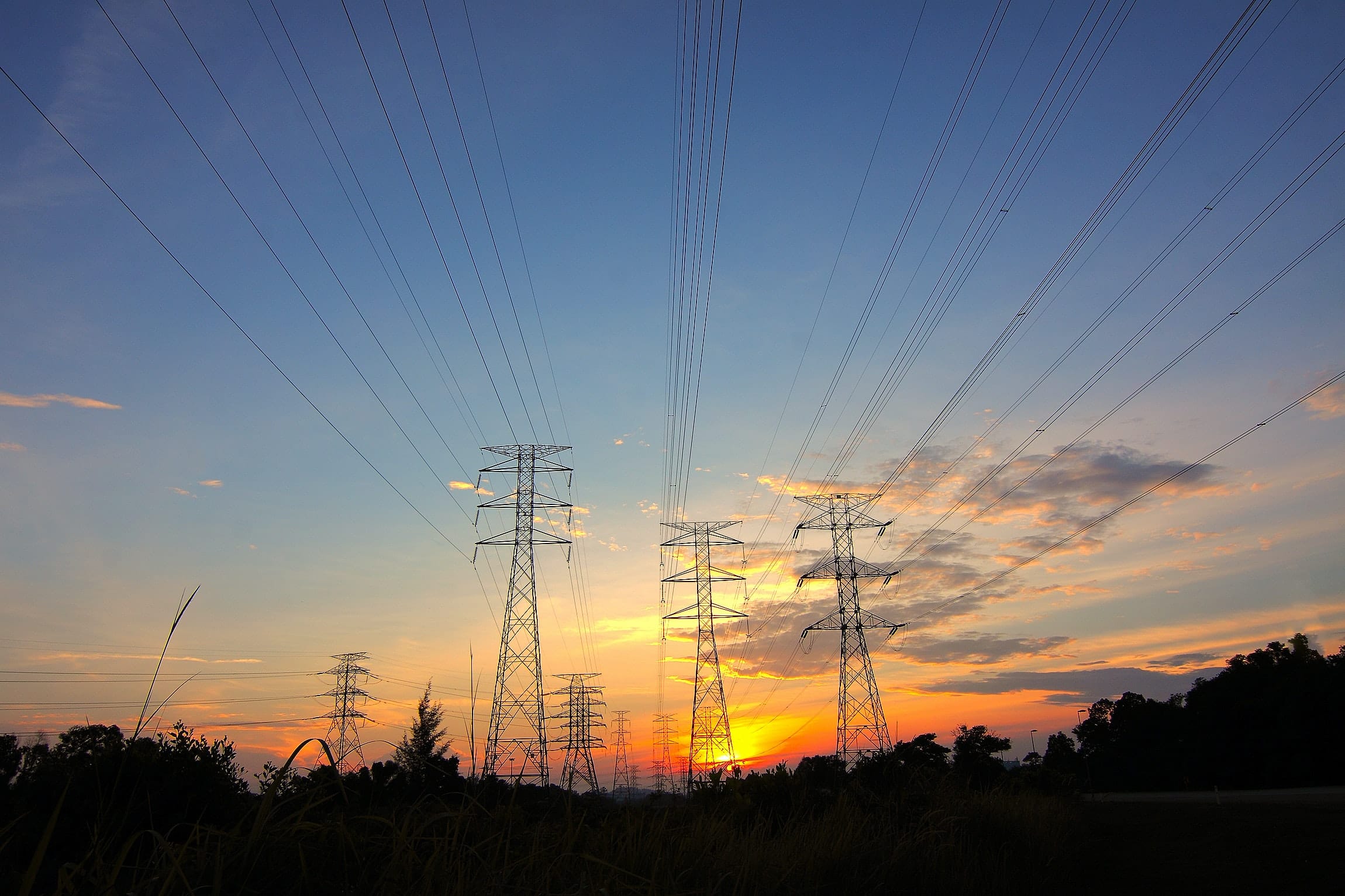The Awesense Data Engine ingested and integrated data from over 7.2 million measurement sources active in the grid. During the ingestion process, the Data Engine executed its Validation, Estimation and Error Correction (VEE) algorithms against all geospatial, connectivity and time series data entering the system; it discovered over 500,000 quality issues. Following multiple iterations, 97% were corrected in a matter of weeks.
The Data Engine also synchronized all time series data and associated time series measurements with their geospatial representation in the network model. The result was a digital twin built according to Awesense’s Energy Data Model (EDM), from which various applications and analysts in different Duke departments could easily access all data.
The TGI web app was used to gain situational awareness by displaying higher-quality near-real-time data from various sources anywhere in the distribution grid. Historical data was used to understand trends and issues occurring over time in the network, and data was continuously ingested to maintain a thorough understanding of grid performance.

